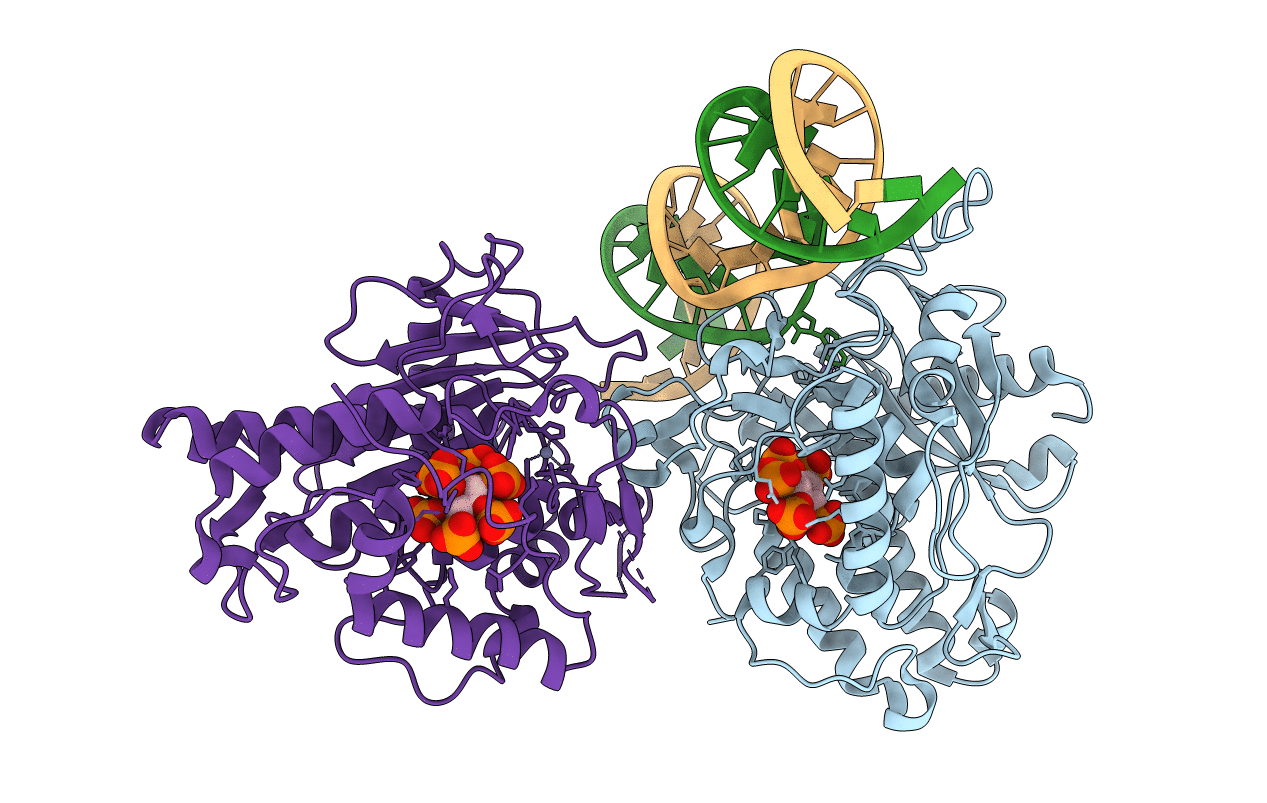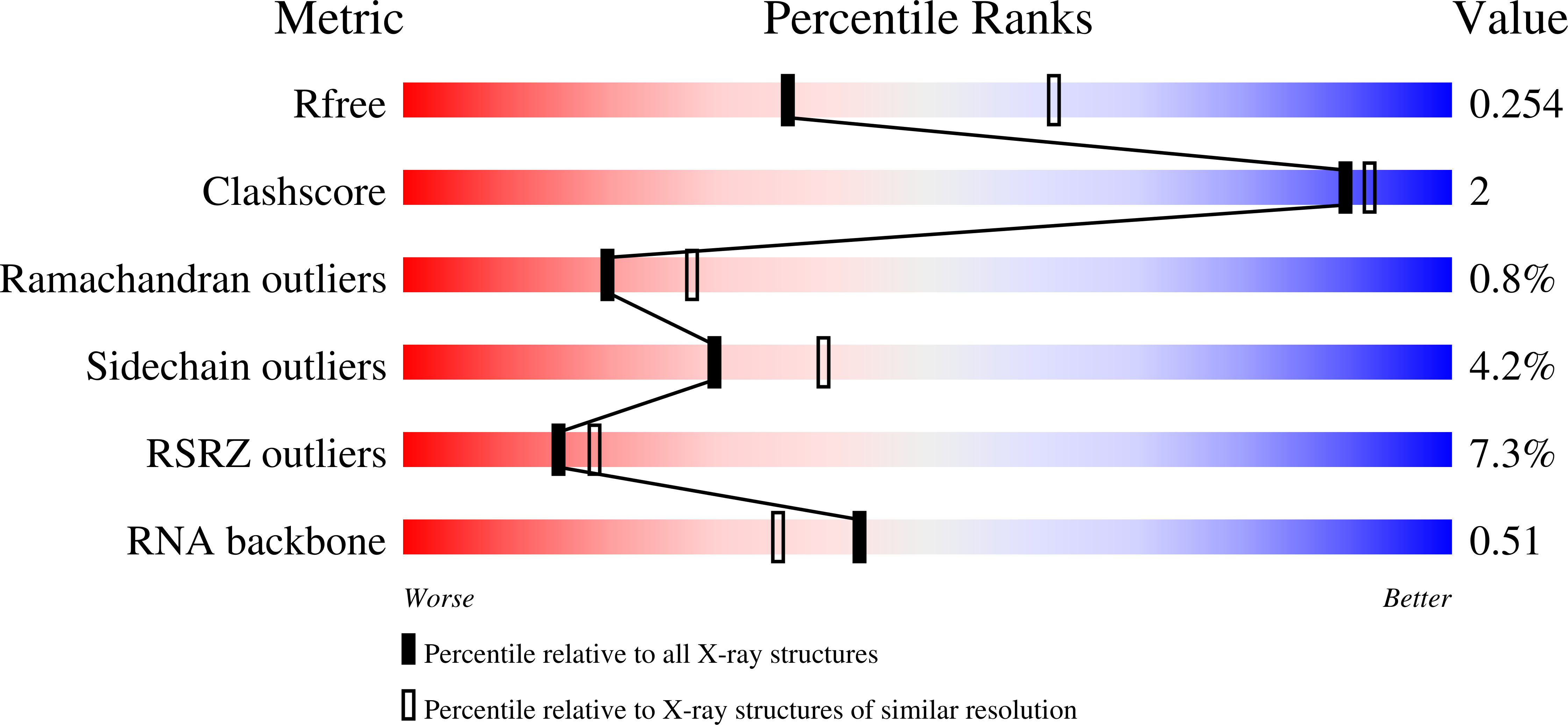
Deposition Date
2018-04-10
Release Date
2019-02-20
Last Version Date
2023-10-04
Entry Detail
PDB ID:
6D06
Keywords:
Title:
Human ADAR2d E488Y mutant complexed with dsRNA containing an abasic site opposite the edited base
Biological Source:
Source Organism:
Homo sapiens (Taxon ID: 9606)
Host Organism:
Method Details:
Experimental Method:
Resolution:
2.55 Å
R-Value Free:
0.25
R-Value Work:
0.19
R-Value Observed:
0.19
Space Group:
C 1 2 1


